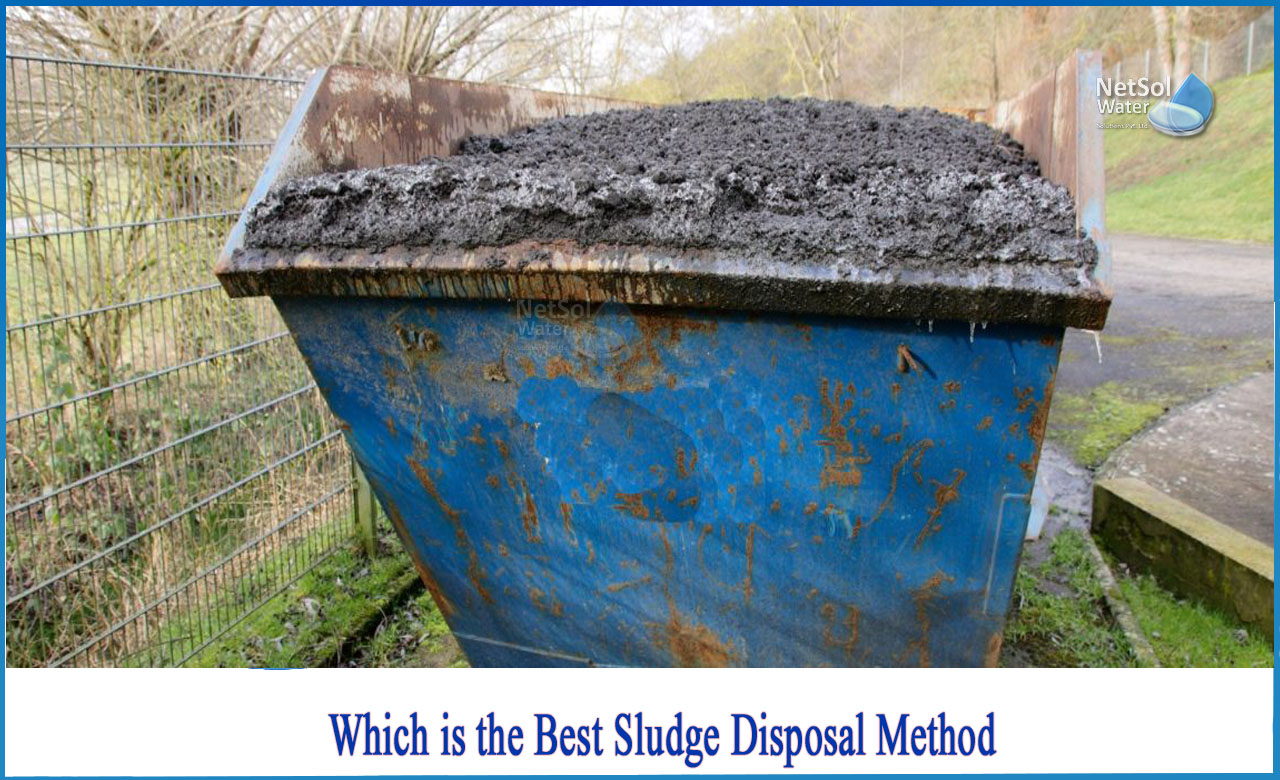Which is the best sludge disposal method?
Sludge is a semi-solid slurry produced by a variety of industrial applications, involving water treatment, wastewater treatment, as well as on sanitation. It can be produced from a settled suspension obtained from conventional drinking water treatment, sewage sludge produced from wastewater treatment processes, or feces sludge obtained from pit latrines and septic tanks, for example.
This ‘soupy' mixture usually contains significant amounts of 'interstitial' water; the label is also commonly used as a generic term for solids separated from suspension in a liquid (between the solid particles). Sludge can contain a wide range of particles, especially animal feces.
Sludge from the food and beverage industries can have a high protein content and other nutrients that can be used for beneficial purposes like animal feed, avoiding waste to landfill.
Solids generated from industrial wastewater treatment plants are referred to as sludge. Biological or physical-chemical methods can produce this.
The terms "waste activated sludge" and "return activated sludge" are used in the activated sludge process for wastewater treatment.
Different methods to treat sludge
1. Landfills
Sanitary landfills have the advantages of being simple to operate, cheap cost, low organic matter content, generally steady performance after sludge digestion, and a smaller overall volume. After dehydration, the landfill has become a more cost-effective method of sludge treatment.
However, the moisture percentage of dewatered sludge is frequently significantly higher than the 30 percent moisture content required by a sanitary dumpsite for conventional household garbage. After further processing, the sludge can be transferred to a municipal solid waste dump or a dedicated sludge landfill site can be established based on parameters such as sludge moisture content and physical and chemical characteristics.
Dedicated sludge landfills, on the other hand, have the disadvantages of a huge occupied area, difficult site selection, and leachate treatment. It may also have an impact on groundwater quality and pose other security risks. It is likely to generate secondary contamination if mistreated.
2. Fertilizer making
The essence of sludge fertilizer is to use the sludge aerobic microbial flora to degrade a range of organic waste through oxidation and transform the sludge into humus that plants may easily absorb. As a result, bioenergy is used, which saves energy.
What are its cons?
In recent years, with the need for green food and public concern about soil contamination, agricultural sludge fertilizer regulations have been more stringent, owing to its difficulties in use and weak fertilizer impact, which cannot match with that of chemical fertilizer. As a result, sludge as a fertilizer for agriculture is unsustainable.
3. De-hydration
The use of heat to break the gel structure of sludge and achieve sludge disinfection and sterilization is known as the sludge drying technique. The drying temperature can be as high as 95 °C or more, which can effectively kill pathogenic bacteria while also reducing sludge volume and eliminating odor.
What are its cons?
(a) High drying energy consumption, complex equipment, high investment and operating costs, and a midway reduction.
(b) Condensation for evaporation sludge, deodorization, and other procedures must also be implemented.
4. Incineration
Sludge incineration is a high-temperature treatment method that employs a high-temperature oxidation combustion reaction. In the presence of extra air, incineration causes all substances, including organic materials and pathogens, to undergo processes such as oxidation, pyrolysis, or full destruction at temperatures ranging from 850 to 1100 degrees Celsius.
Sludge incineration has a number of advantages, including fewer occupied areas, a quick operation, and a large reduction. Furthermore, capacity reductions of more than 90% are possible; ash from the burning process, depending on its heavy metal concentration, can be dumped directly or after treatment with a heavy metal chelating agent.
Conclusion
Disposal of sludge is a necessary yet complex procedure due to its high water content. The major goal of sludge disposal is to reduce its volume and organic content.
Netsol Water, India’s leading manufacturer of wastewater treatment equipment provides the best techniques for the proper disposal of sludge and helps in wastewater treatment. For more information, contact Netsol Water.
Netsol Water is Greater Noida-based leading water & wastewater treatment plant manufacturer. We are industry's most demanding company based on client review and work quality. We are known as best commercial RO plant manufacturers, industrial RO plant manufacturer, sewage treatment plant manufacturer, Water Softener Plant Manufacturers and effluent treatment plant manufacturers. Apart from this 24x7 customer support is our USP. Call on +91-9650608473, or write us at enquiry@netsolwater.com for any support, inquiry or product-purchase related query.



